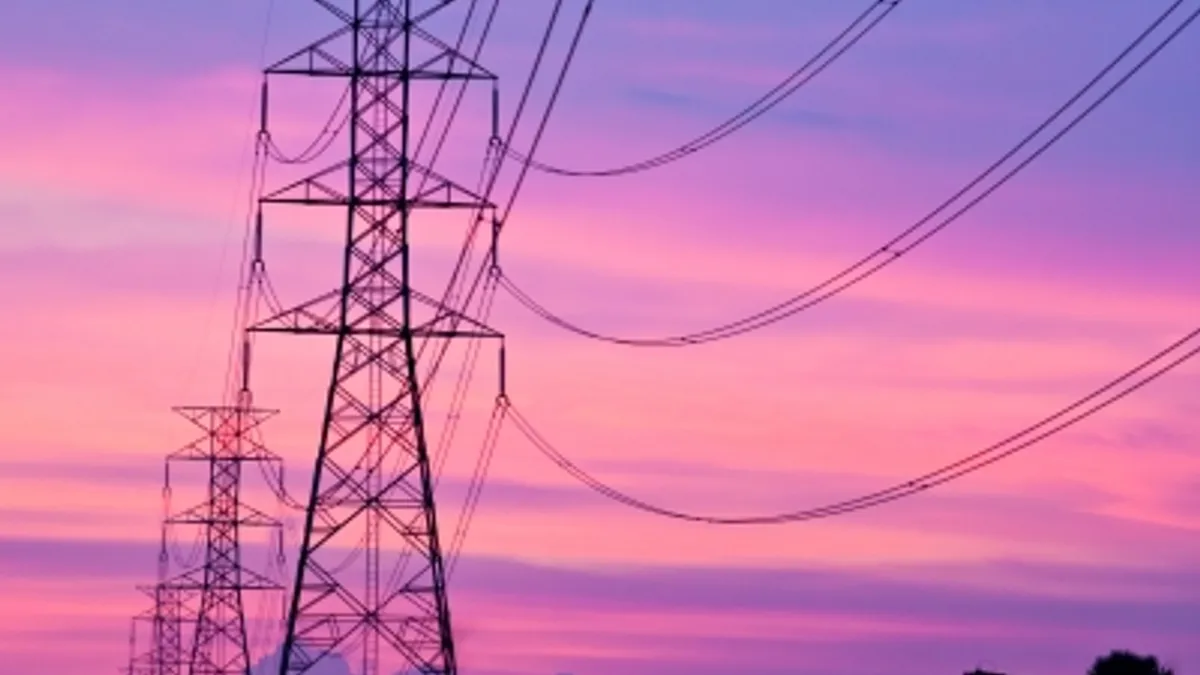Dive Summary:
- As an increasing number of customers use distributed PV solar, or solar rooftop systems, it's prime time for utilities to examine the benefits and costs of distributed PV “to enable effective tradeoffs between distributed and centralized investments,” explains Virginia Lacy, a senior consultant at the Rocky Mountain Institute (RMI)
- RMI’s new report—A Review of Solar PV Benefit and Cost Studies—analyzes the benefits and costs of distributed photovoltaic solar to help utilities better integrate the disruptive energy resource into future planning.
- Understanding the value of distributed PV’s capacity—that is the ability for distributed PV to offset the need for investments in wires or generation—is key. While it'll take at least a decade before solar penetrates the grid in a substantial way to defer major infrastructure plans, new methodology for integrating distributed energy remains a pressing need.
From the article:
Planners have to see the distribution system as delivering generation the same way they now see the transmission system as delivering it, Lacy said. “Otherwise, we will hit a point where there is overinvestment in unneeded infrastructure and we will run into operational issues because we are still essentially blind to everything beyond the substation.”













